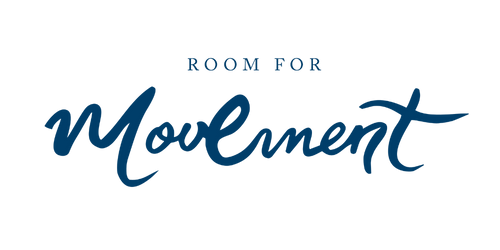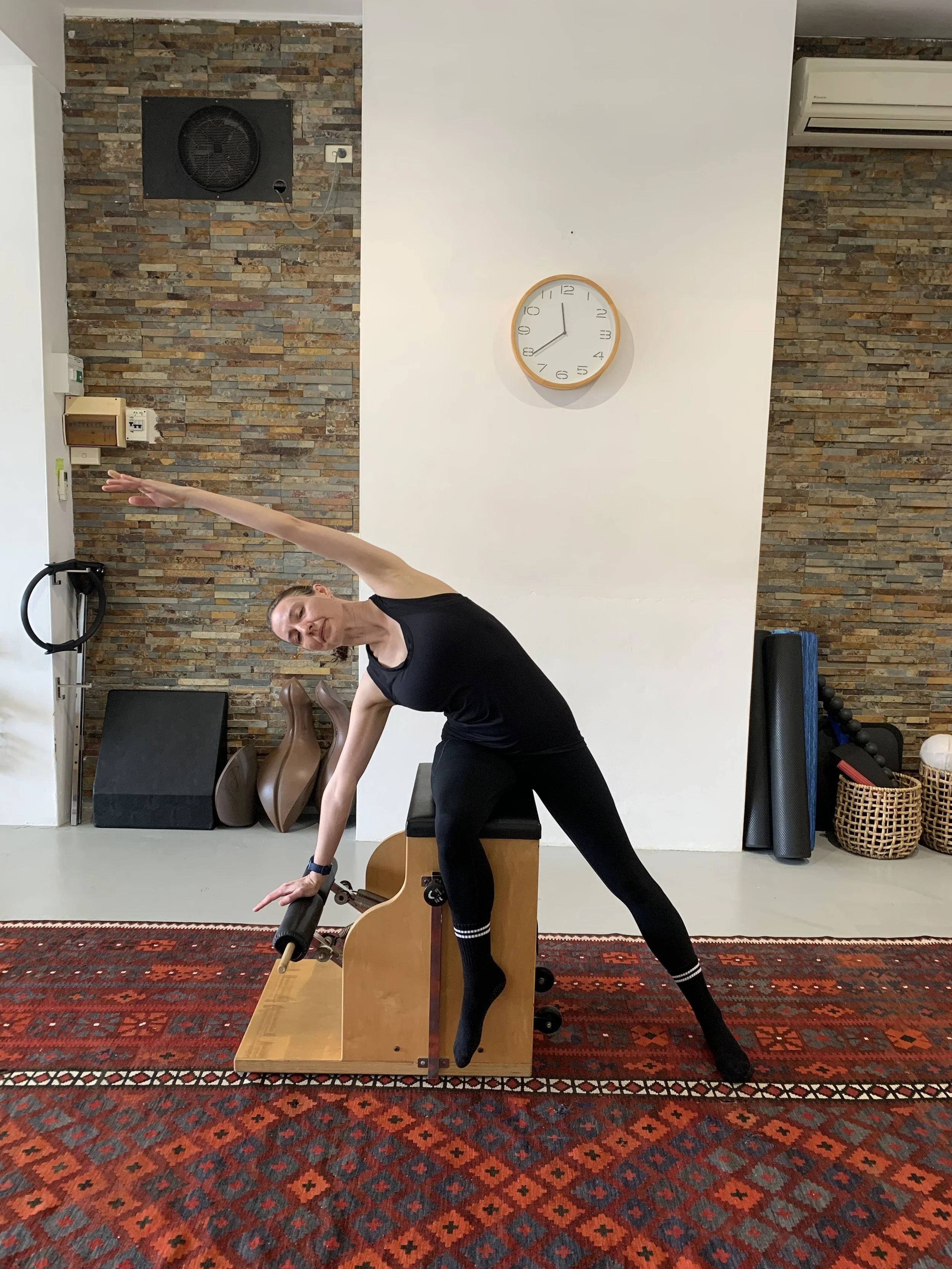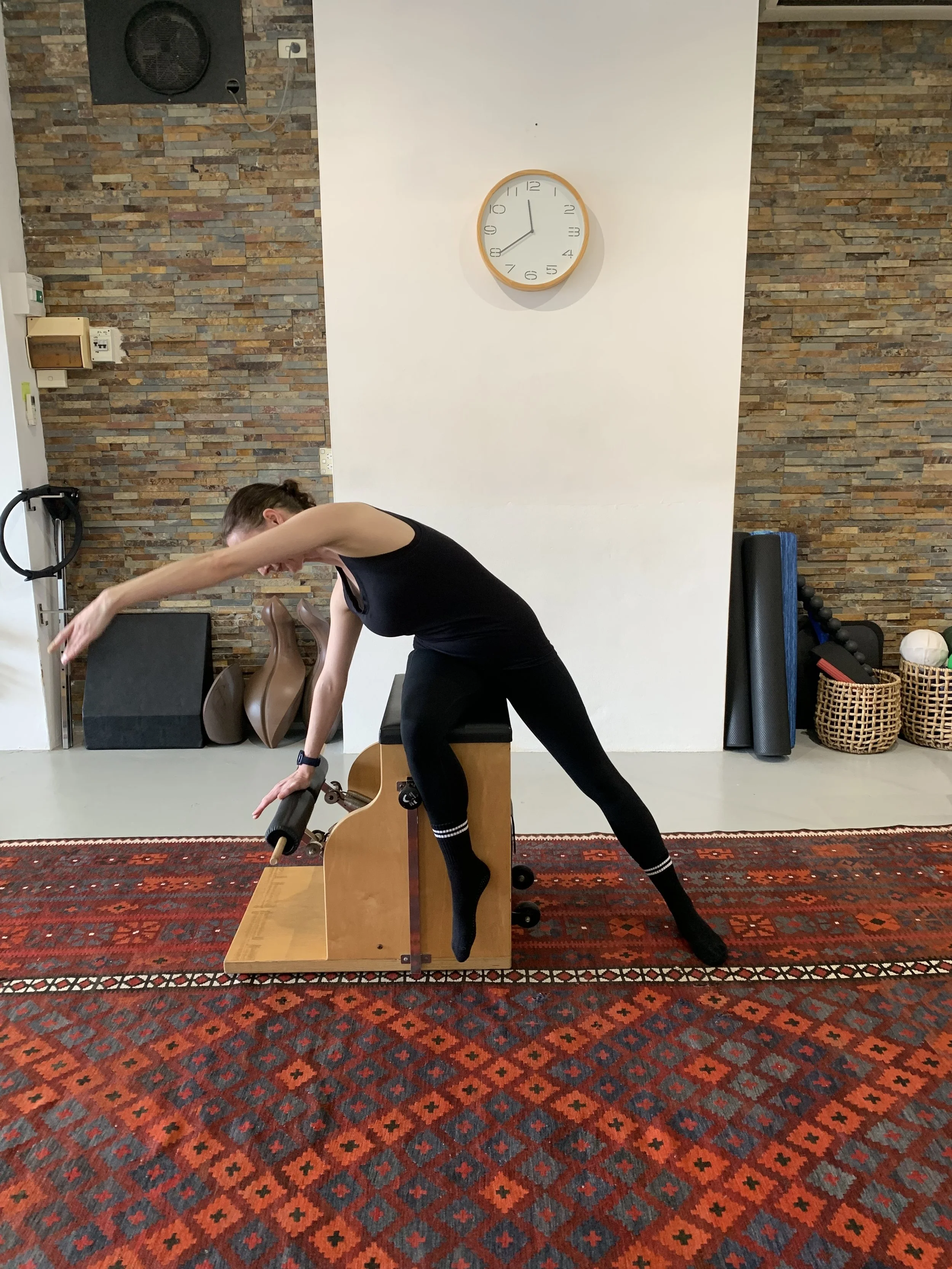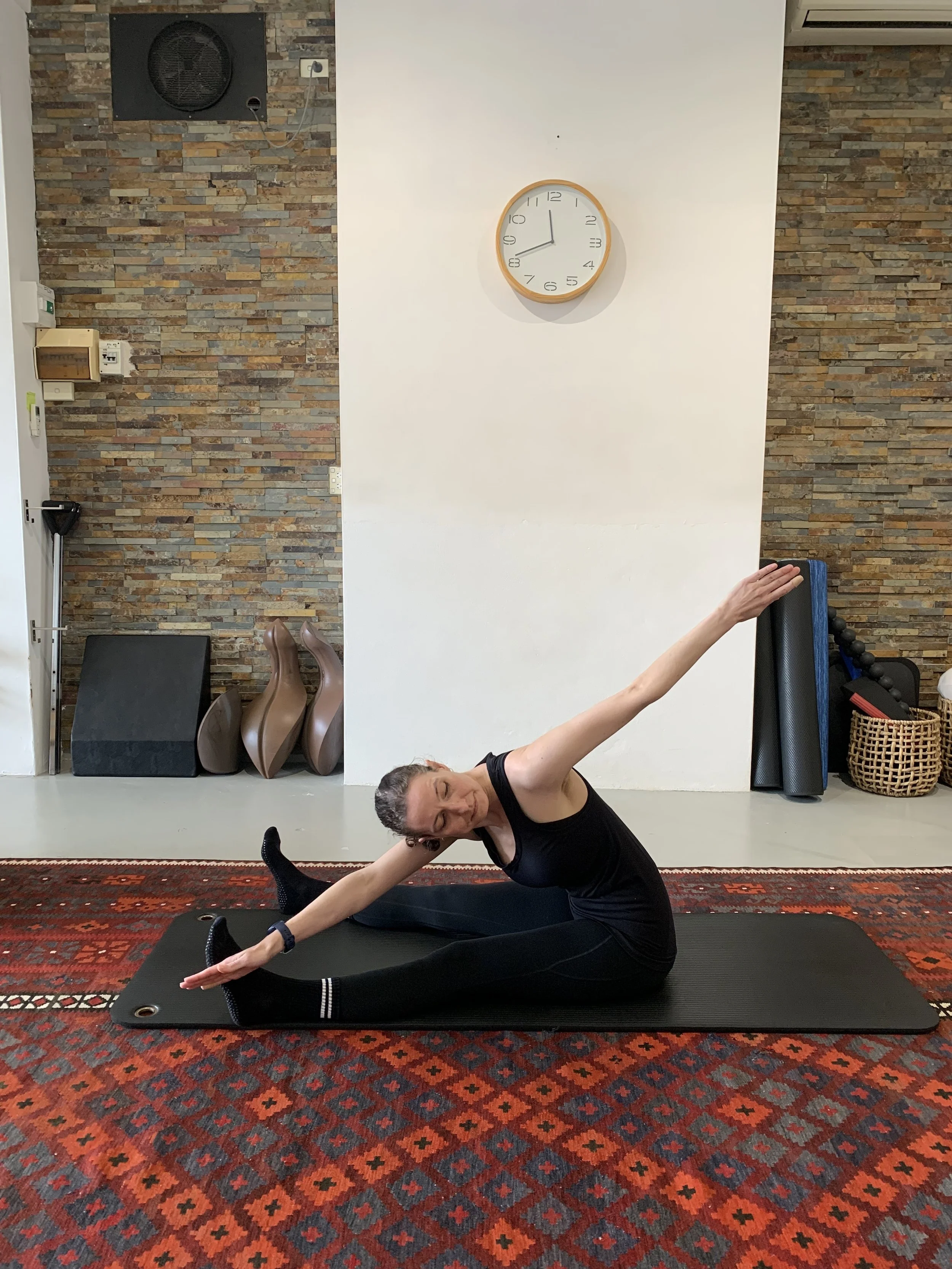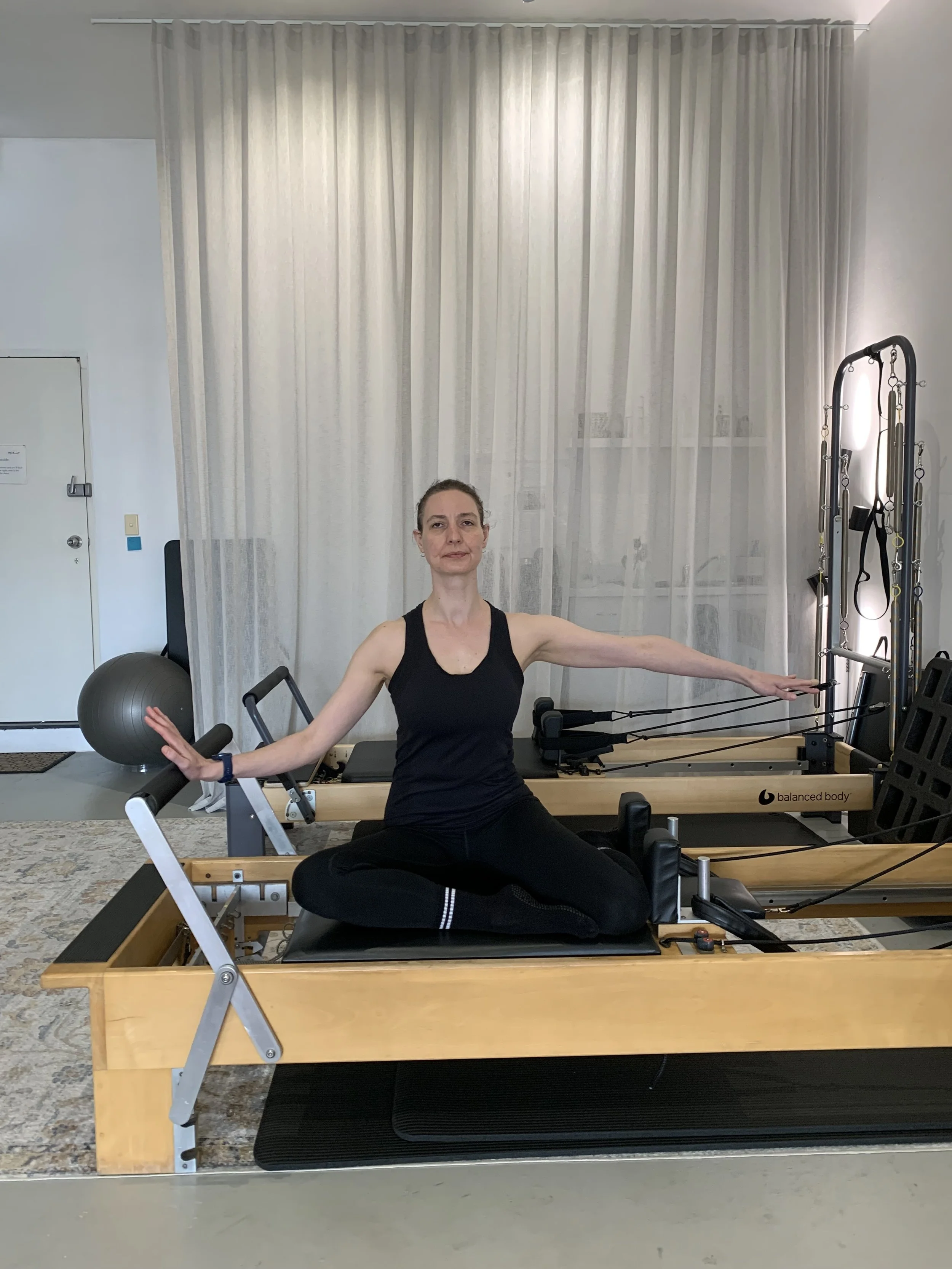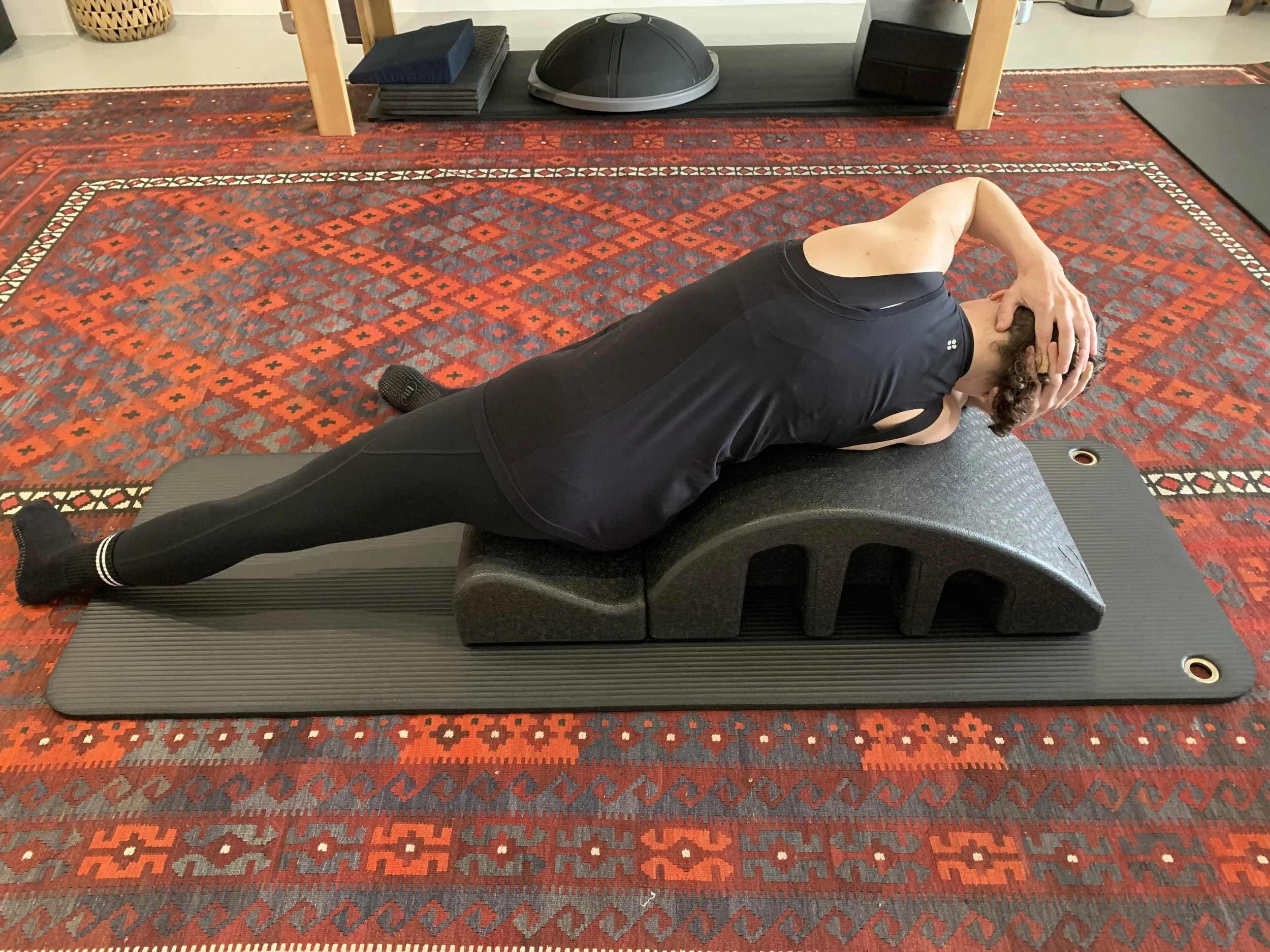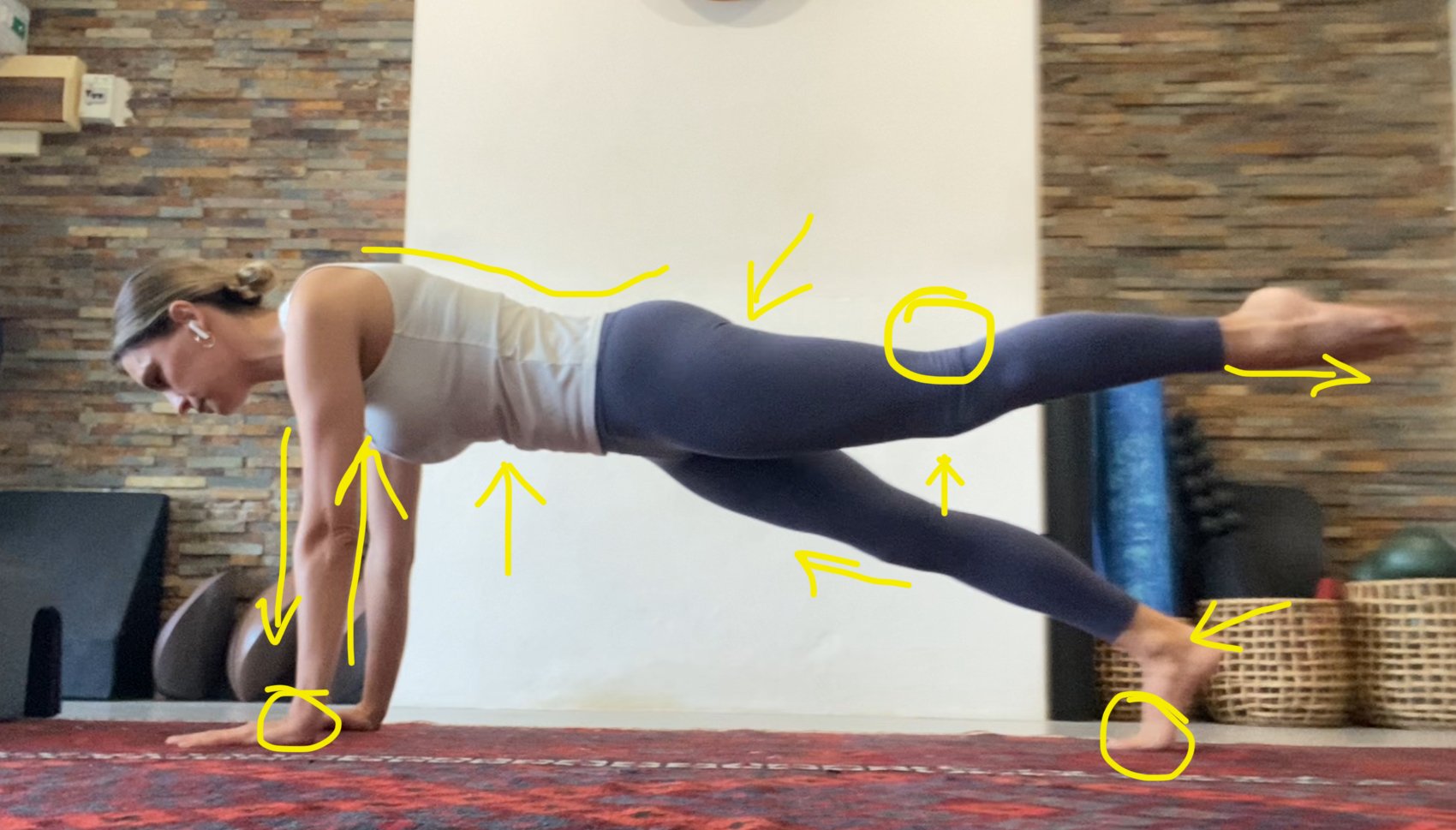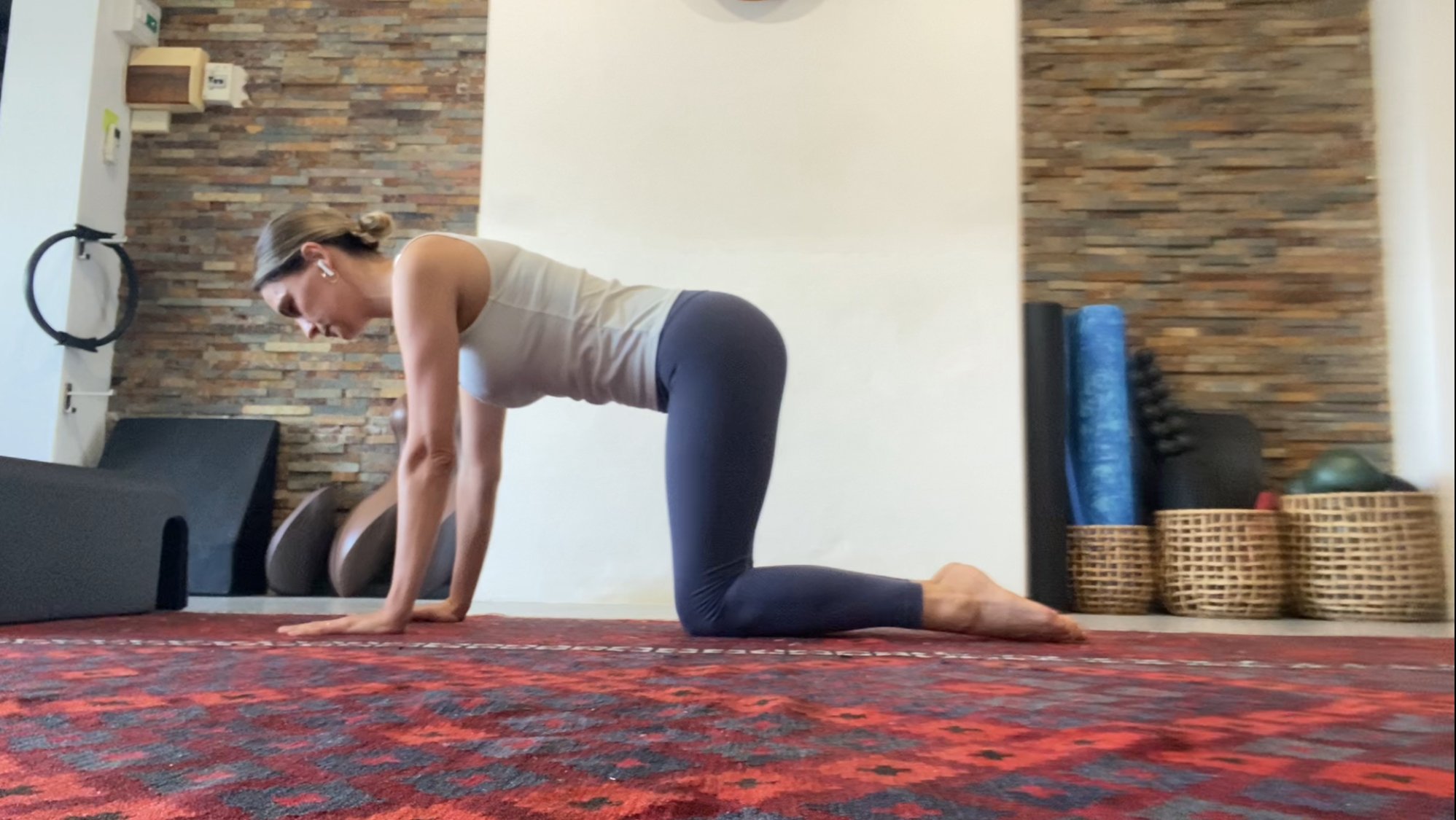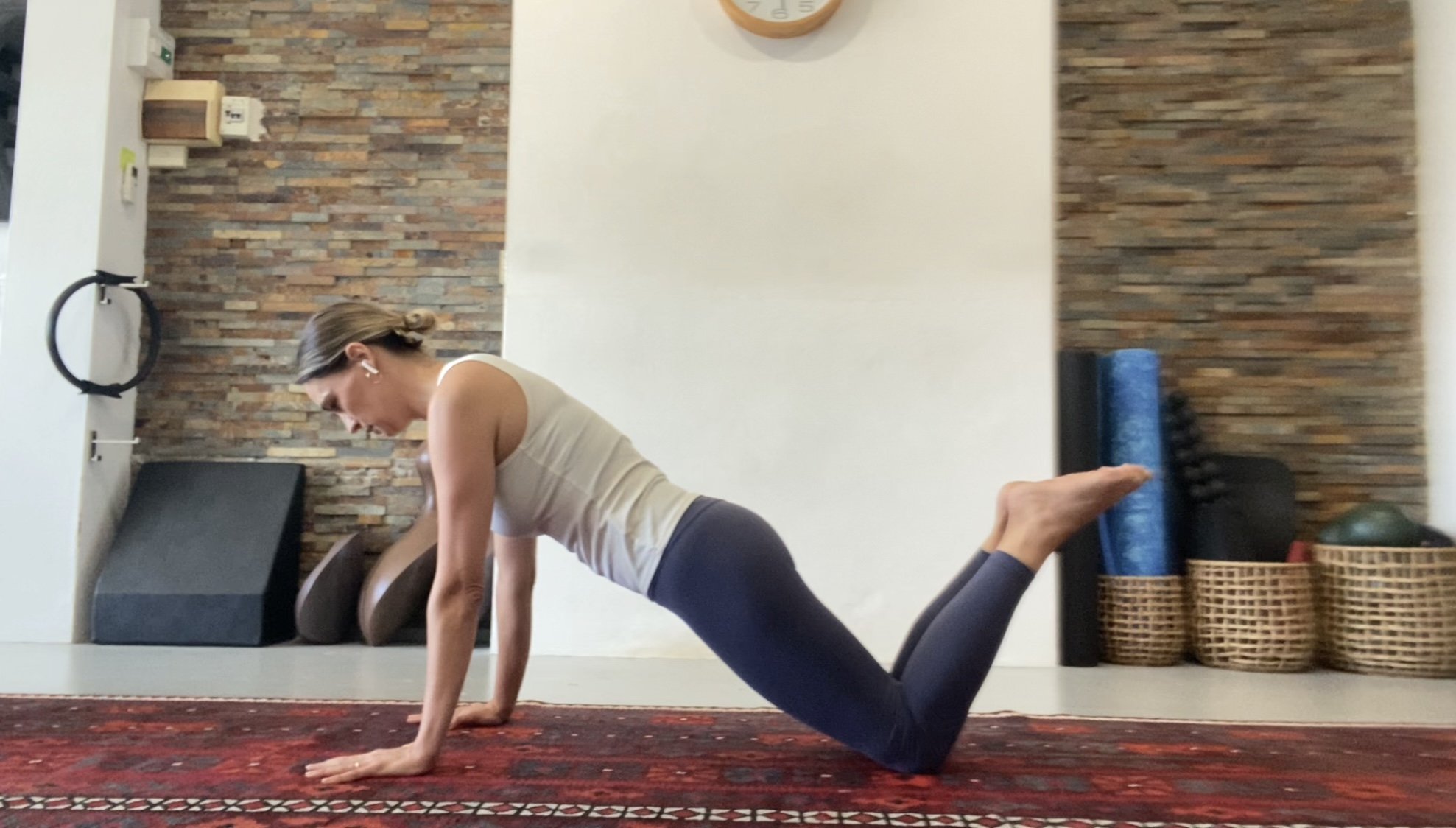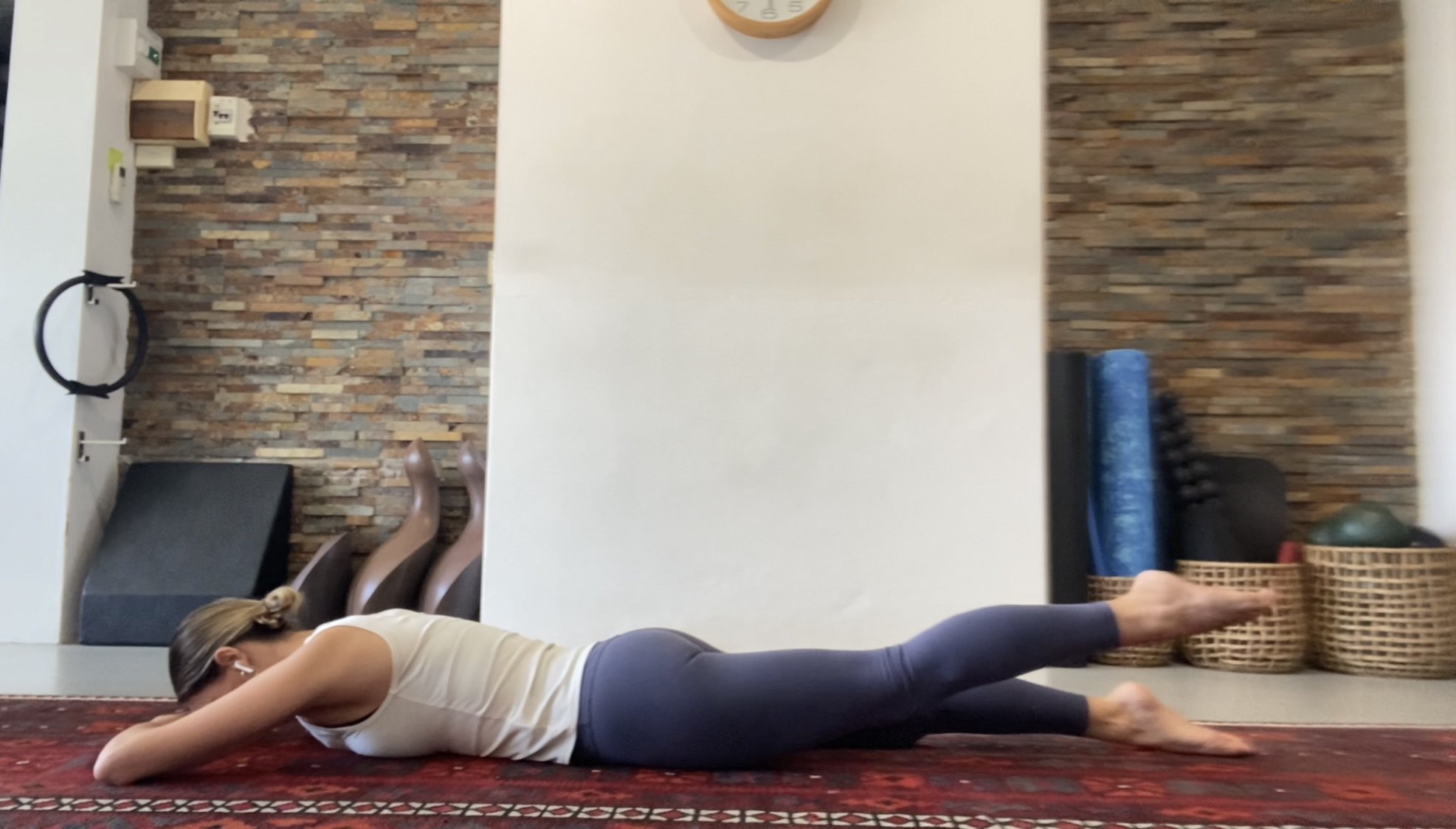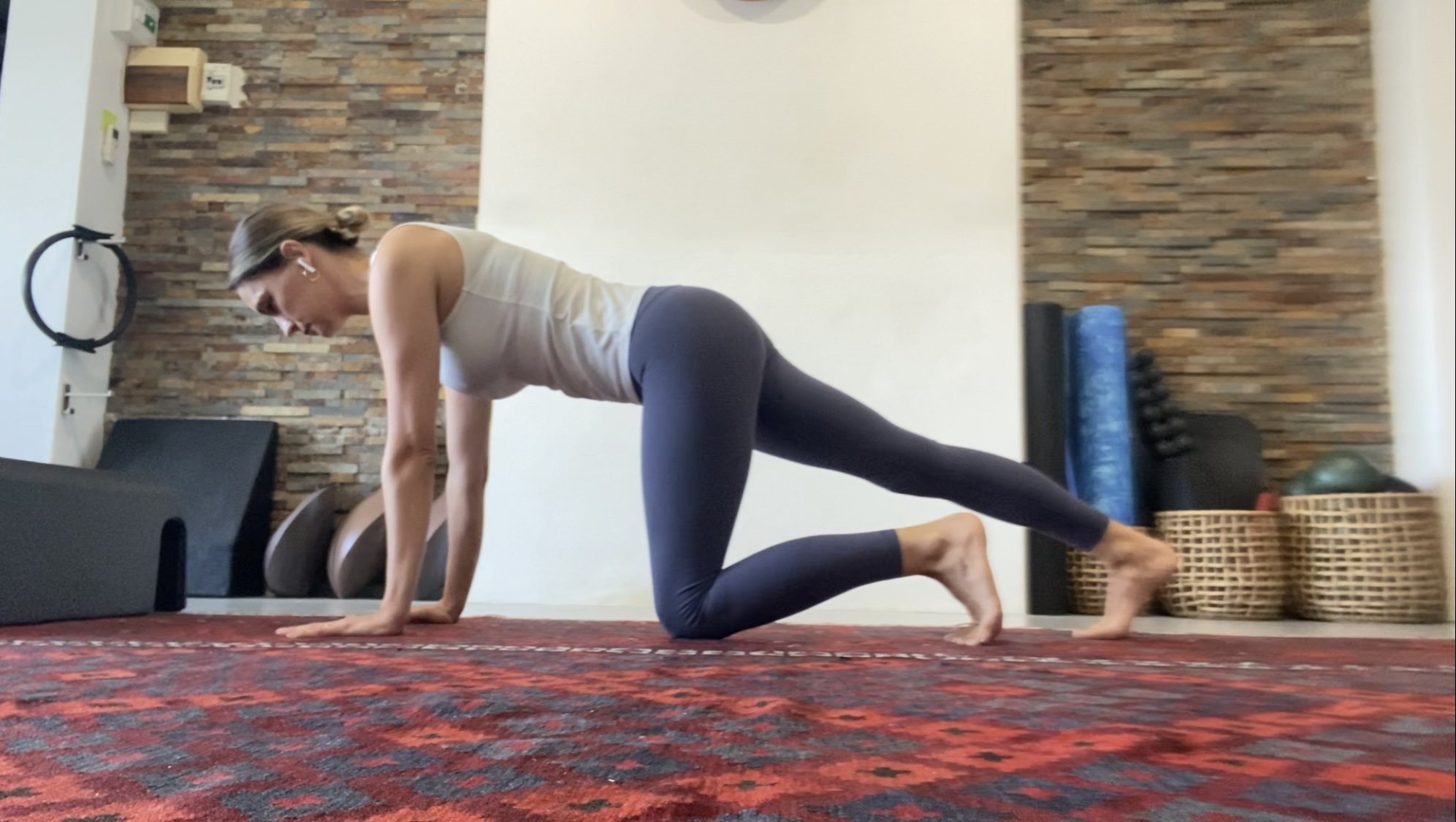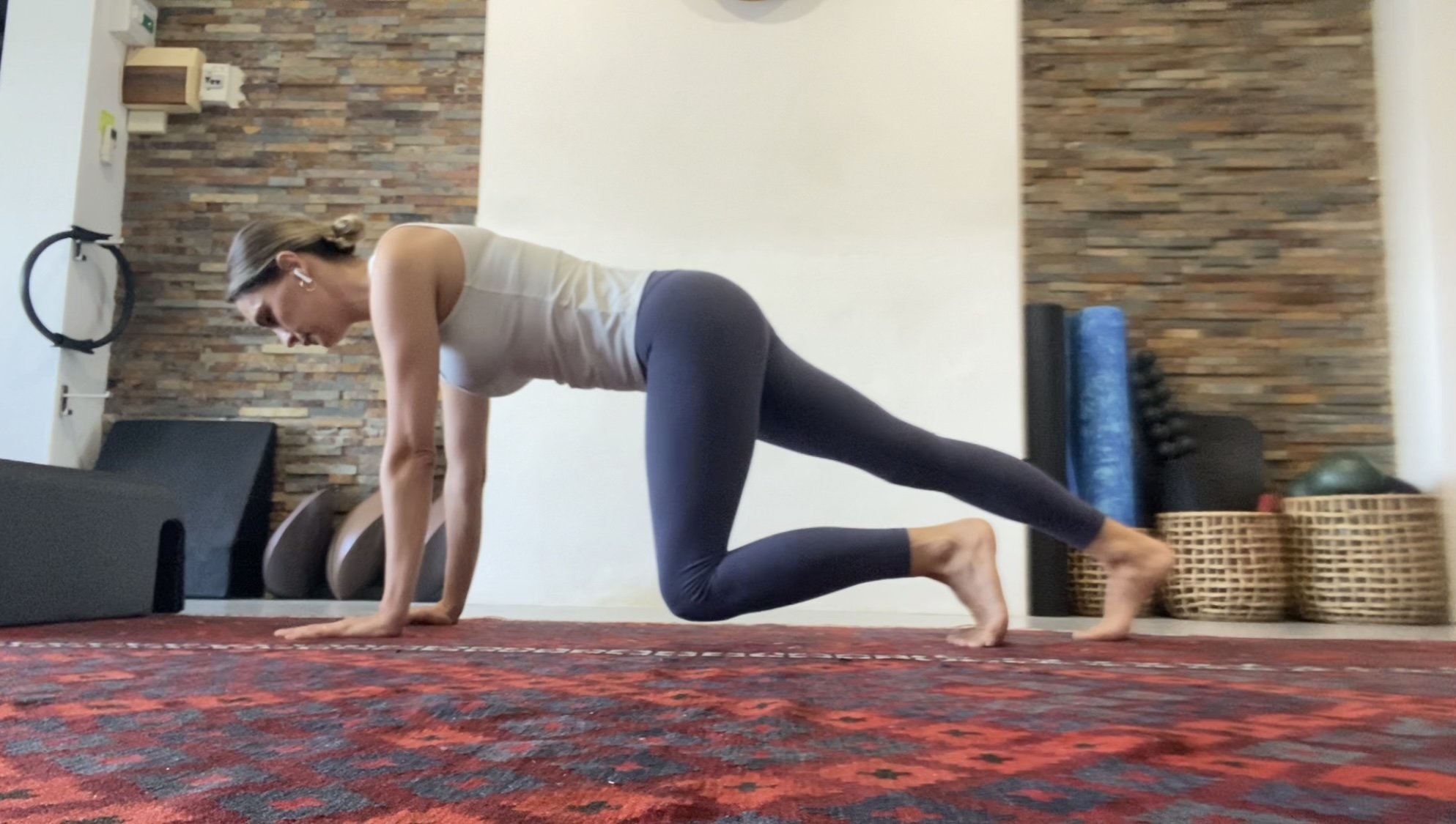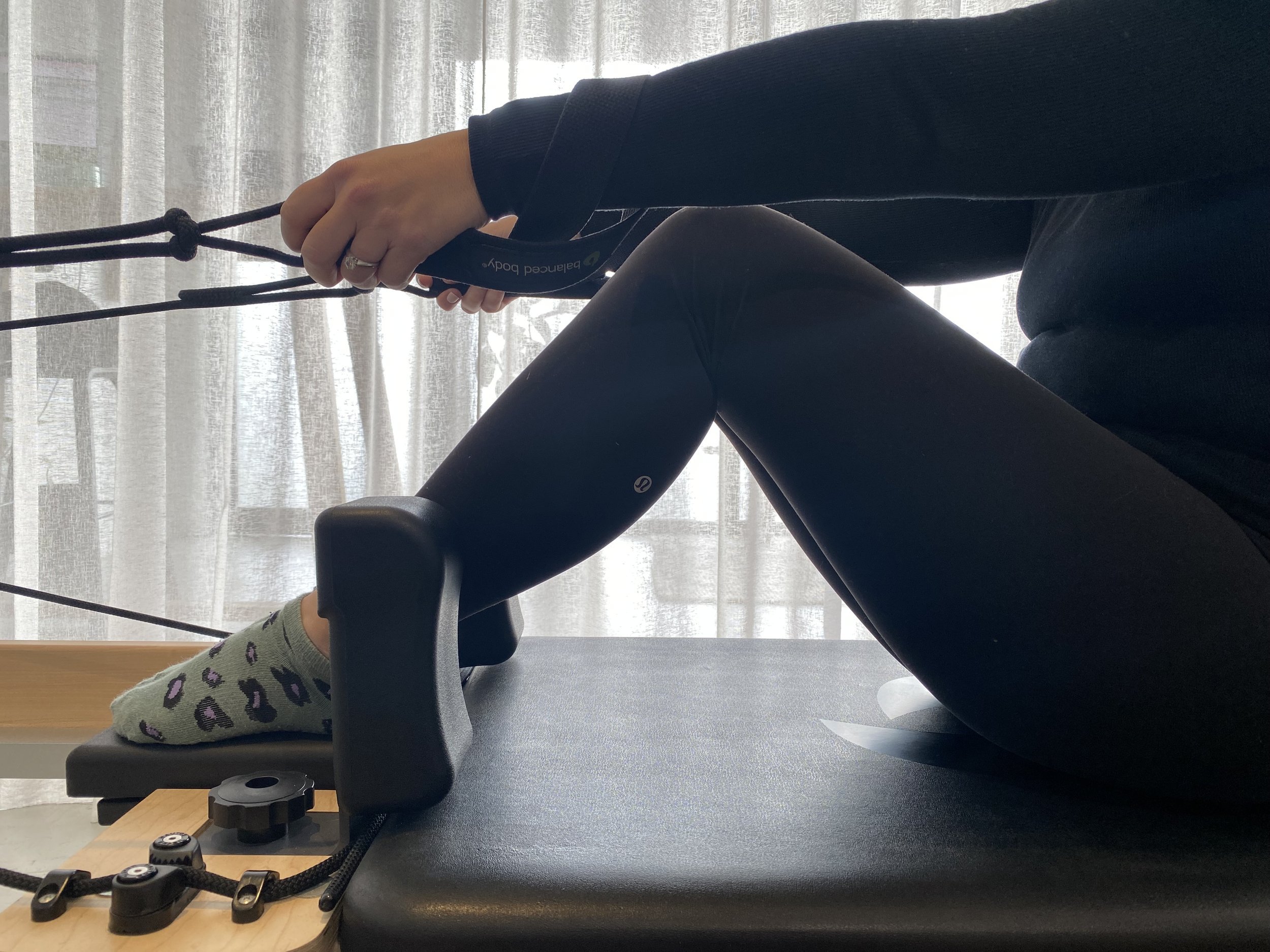After the success of our last Movement Project and the excellent outcomes for everyone taking part with the Leg Pull Front, we’re moving straight into another- beginning late July and running through to late September.
HOW DOES IT WORK?
Your teacher will pepper elements of this terms project into your weekly session(s) to give you a specific short term goal to keep you focused- with no extra time, or financial commitment required.
The mat exercises are the OG Pilates work- Mr Pilates wanted everyone to be able to perform the mat exercises and that’s why he designed the reformer and other studio equipment, so these projects are all about getting back into the original Pilates work, while building a better understanding of your body.
THINK IT’S NOT FOR YOU?
Think again. The beauty of Pilates is that just about every exercise can be adapted to a different body.With your studio teacher being the creative and skilled teacher that they are, you’ll not have any shortage of variations to work towards whether it’s on the mat, on the equipment or using the props…so if you can’t weight bear on your wrists, have a pin in your toes, or sometime have a sore back/shoulder this is still something you can get involved in.
THE TWIST
This is an advanced exercise that pulls together a challenging combination of single arm weight bearing, hip strength, and spine rotation, and WHOLE BODY CORE control. The array of challenges that make up this exercise are why it’s so easy to break down into individual parts…there are literally hundreds of ways we can play with this exercise.
BENEFITS OF THE TWIST
Improving ankle mobility, foot sensation and proprioception (better balance anyone? // Build strength in legs- especially your glutes and inner thighs // Whole body core strength // Build stronger shoulders // Improve mobility of thoracic spine // Build bicep and tricep strength to support elbows // Build strength and tolerance for weight bearing on wrists
The Exercise in Full
The Modified Version
Just a few of the many ways we’ll work towards the full exercise
Opening the side body, single arm weight bearing and shoulder strength, combining side bending and rotation and so on…
